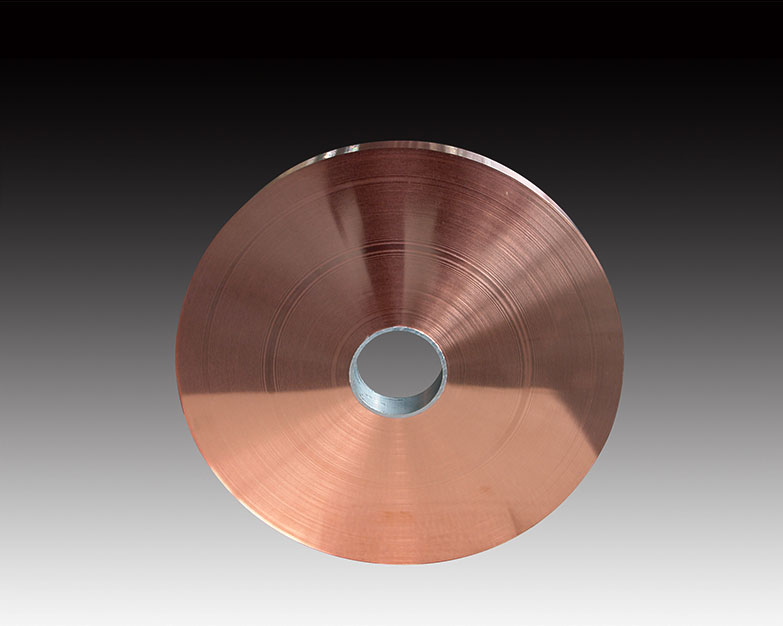

Engineering construction of anti-static floor:
1. Requirements for the laying site
1. The laying of the floor should be carried out after the completion of indoor civil engineering and decoration construction;
2. The ground should be flat, dry, free of debris and dust;
3. The space under the floor can be used, and the laying of cables, circuits, waterways, air and other pipes and the air conditioning system should be completed before the floor is installed;
4. The fixing of the base of the large heavy equipment should be completed, and the equipment should be installed on the base.
5. 220V / 50HZ power supply and water source are available on the construction site.
Floor installation and laying tools
1. Marble cutting saw;
2. Laser level meter or level tube;
3. Blister level, tape measure, ink line;
4. Suction plate device, nut adjustment handle, cross screwdriver;
5. Vacuum cleaner, broom, mop;

Construction steps
1. Carefully check the flatness of the ground and the verticality of the wall. If any major defects are found or need to be partially modified, they should be submitted to the relevant departments of Party A;
2. Pull the horizontal line and bounce the installation height of the floor onto the wall with the ink line to ensure that the floor is laid at the same level, measure the length and width of the room and select the reference position, and pop up the grid grid of the support on the ground , To ensure that the laying is neat and beautiful, and at the same time minimize the cutting of the floor;
3. Adjust the support to be installed to the same required height and swing the support to the intersection of the ground grid lines;
4. Fix the truss beam to the support with mounting screws, and correct the truss beam one by one with a horizontal ruler and a right-angle ruler so that they are both in the same plane and perpendicular to each other;
5. Use the suction plate to place the raised floor on the assembled truss beam;
6. If the remaining size near the wall is less than the length of the raised floor, you can use the method of cutting the floor to make up;
7. When laying the floor, use a bubble level to level it one by one. The height of the raised floor is adjusted by an adjustable support. During the laying process, it should be handled gently to prevent scratching the floor and damage the side strips. At the same time, it should be cleaned while laying. To avoid leaving debris and dust under the floor;
8. When installing heavy equipment in the machine room, you can add a support under the floor of the equipment base to prevent the floor from being deformed;
9. When the HPL decorative board needs cutting or opening processing, φ6 ~ φ8 crack stop holes should be made at the opening concave corners to prevent cracking of the processed floor decorative surface.
10. In places with high anti-static requirements, a conductive copper tape can be added under the bracket to enhance the conductive effect. The floor bracket is neatly arranged horizontally and vertically. The common specifications of the board are 2 × 0.05 ~ 4 × 0.08 ~ 6 × 0.5 MM, different specifications for different anti-static environment needs to be constructed according to the design requirements of Party A.
Generally, copper tapes for power cable are pasted on the ground to form a mesh, and the copper foil intersections need to be bonded with conductive adhesive to ensure continuity between copper foils; then use a megohmmeter to measure the resistance between adjacent copper foils If there is a problem, you need to find out the reason and paste it again to ensure the continuity between the copper foils; in the pasted copper foil grid, determine the number of points connected to the grounding line according to the room size (at least four points per 100 square meters). Generally, the copper bar is combined with a soft braided copper belt to achieve grounding. The copper medal is fixed to the ground as required. One end of the copper tape is connected to the copper bar, and the other end is connected to the floor leg. Apply conductive paste to the connection. The copper bar is reserved for the building To the ground point